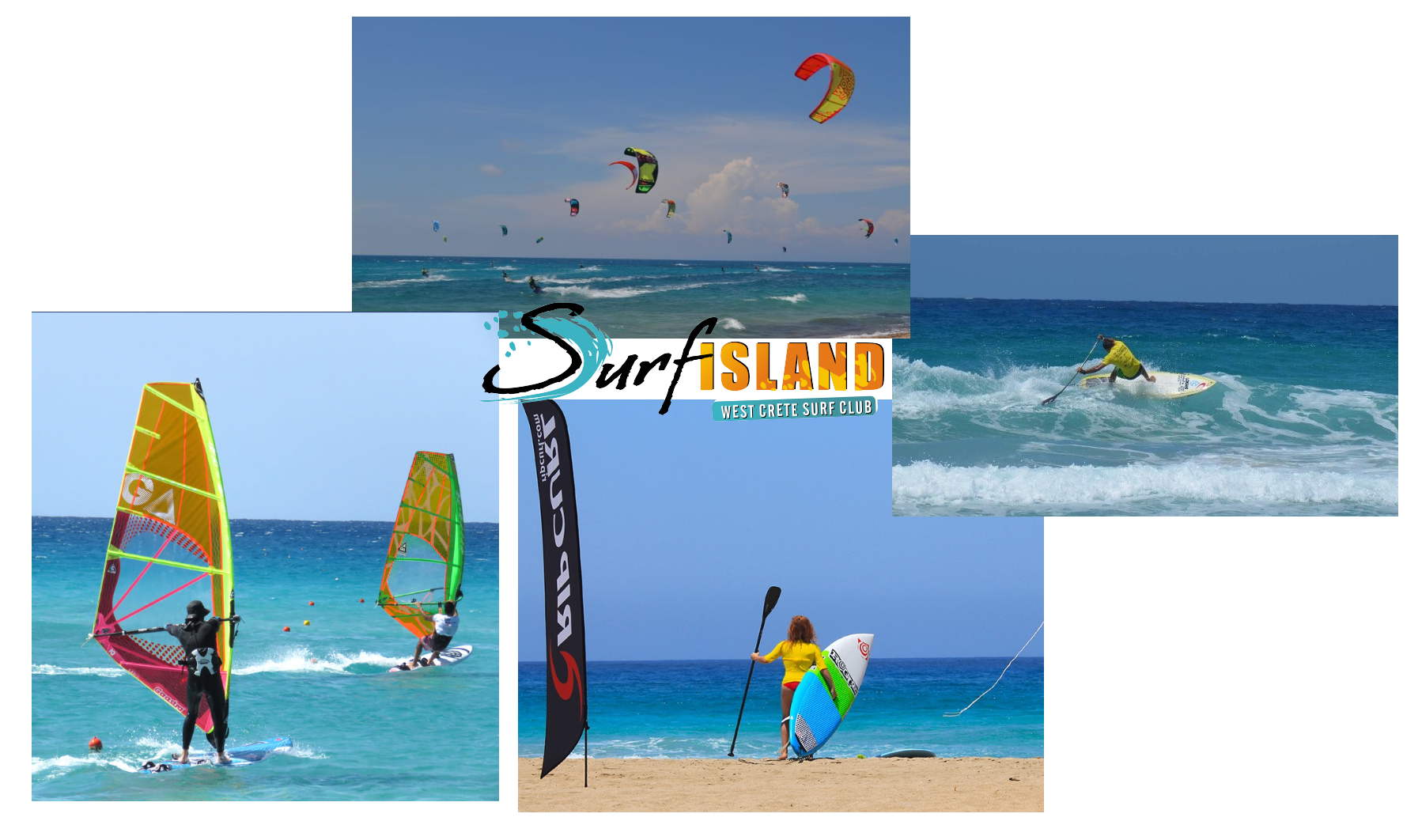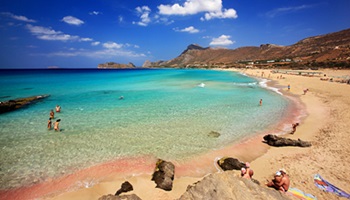
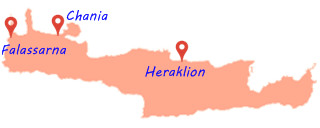
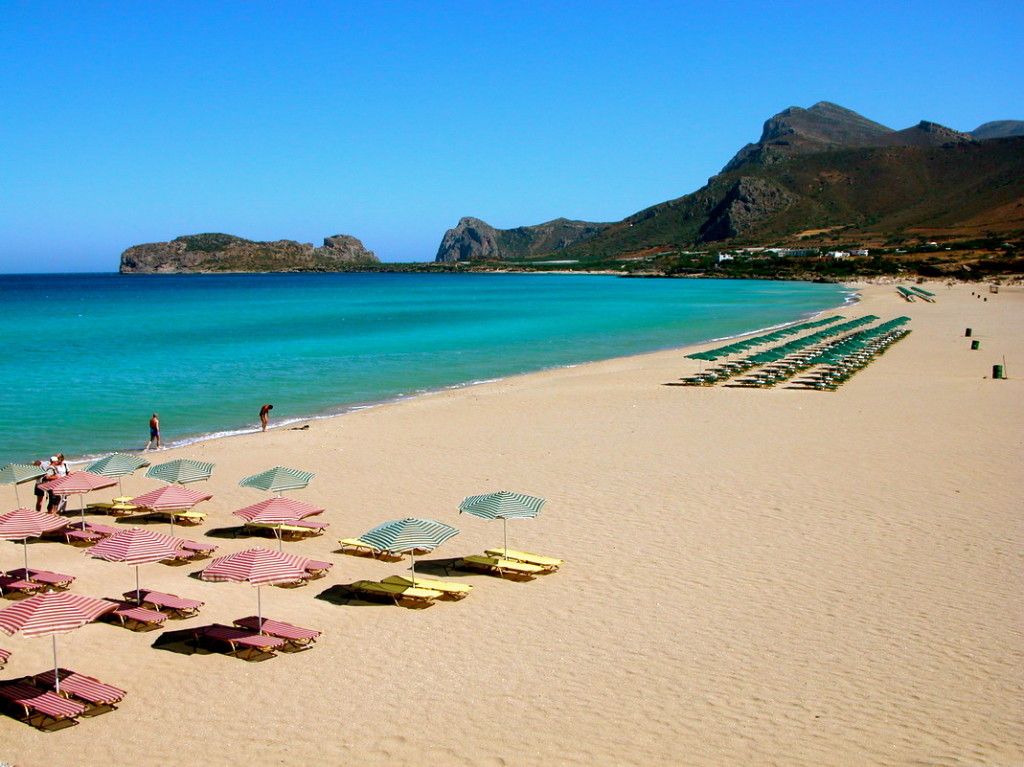 Falasarna is located 59 km west of Chania and 12 km west of Kissamos. It is one of the most famous destinations in Crete, both for the beautiful beaches and for reasons of ecological interest.
Falasarna is located 59 km west of Chania and 12 km west of Kissamos. It is one of the most famous destinations in Crete, both for the beautiful beaches and for reasons of ecological interest.It has been included in the Natura 2000 projects, due to the variety of flora and fauna in the area, but also due to its special natural beauty.
The beach in Falassarna is divided into several smaller beaches that are inserted rocks and has been awarded in the past as the best beach in Crete and one of the ten best in Europe. Its coastline is very log and consists of five consecutive beaches, of which the two central ones, are the most favorite.
The most famous and largest beach is Pachia Ammos, where it is organized and you will find beach bars, refreshments, sunbeds with umbrellas and water sports.
A bit further to the north, is located the Small Beach, which stretches for about half kilometer. If you do not want people and noise, you can head south of Pachia Ammos where you will find a more private beach with sand and rocky bottom.
In the northern part, there are ruins of ancient Falasarna, where the entrance to the archeological site is free. Next to the archeological site there is a small bay, whose shore has pebbles and its bottom is rocky.
The History of Falassarna
Shells that have been discovered on the surrounding slopes show that the area was inhabited from the Middle Minoan era, but the history of the city remains unknown until the 4th century BC, when the settlement flourished, as it was located on the sea route that connected Alexandria with the Aegean.
Falasarna was a considerable naval power, had strong fortifications, a port, temples, trade routes and minted its own currency. The port of the city was located in a lagoon and was connected to the sea through a canal 50 meters long, 10 meters wide and 2 meters deep, while together with Kydonia it was the only walled ports in Crete. It is believed that both the fortifications and the canal were built around 335 BC.
.jpg)
The excavations have brought to light four of the six towers of the port, a circular one (preserved at a height of 4.5 meters), three quadrilaterals and three stone docks with six bollards. The port was blocked, probably by the Romans in 69 BC, so that it would not be used again. The city had probably become a place of pirates and so it was destroyed by the Romans, who later created another city a little further south which was also called Falasarna.
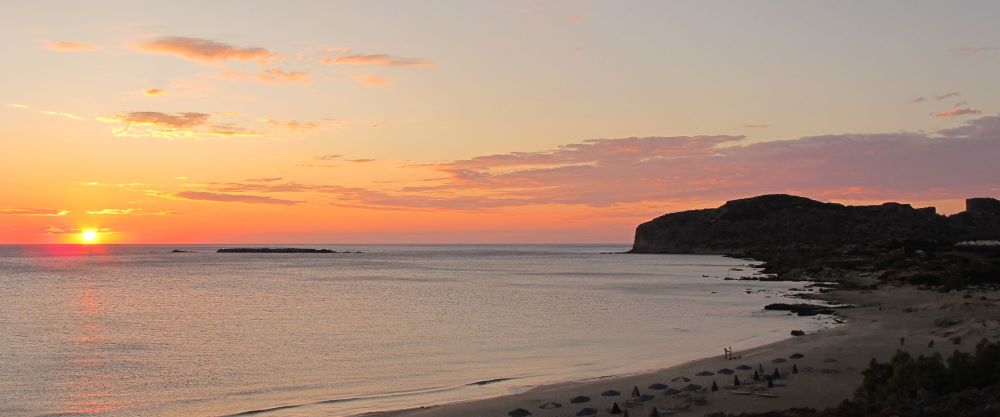
Above the port, was the citadel. The whole cape was fortified and at its base there was a double fortification wall, 550 m long, with three defensive bastions. East of the port was the cemetery, in which 43 tombs have been excavated. There is also the "throne of Falassarna".
He was involved in two wars with neighboring city-states during the Hellenistic period. The first was with Polyrrenia, due to land disputes. It started at the end of the 4th century and ended around 290 BC, after the intervention of Kleomenis of Sparta. The peace treaty was engraved on a stone slab which is now preserved in the museum of Kissamos. A second war took place against Kydonia around 184 BC.
Today the port and its facilities are located 6.6 meters above sea level, possibly due to the elevation caused by an earthquake. The area was explored in the mid-19th century by the British, who located the settlement and the closed port, while systematic excavations began in 1986.
Surfing and windsurfing activities in Falassarna
A wonderful activity offered in Falasarna beach, is water sports. Due to the fact that the area is often windy, gathers surfers from all over Crete and the world.
The main goal, is to bring people of all ages closer to the element of the sea, in order to enjoy and have fun, with this unique wet experience. The endless coastline of Falassarna, full of stunning bays, is ready for you to explore it!
For more information on the water activities hosted in Falassarna, you can visit the SurfIsland website.
